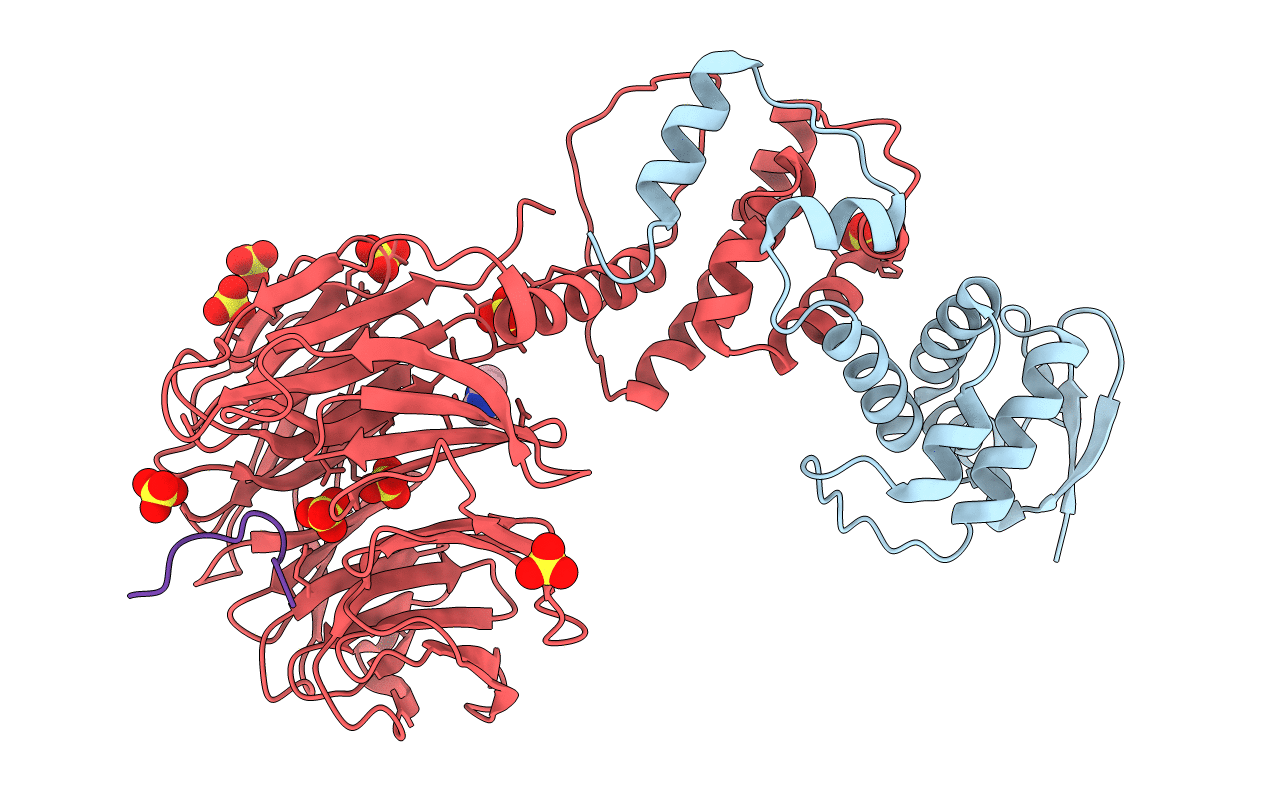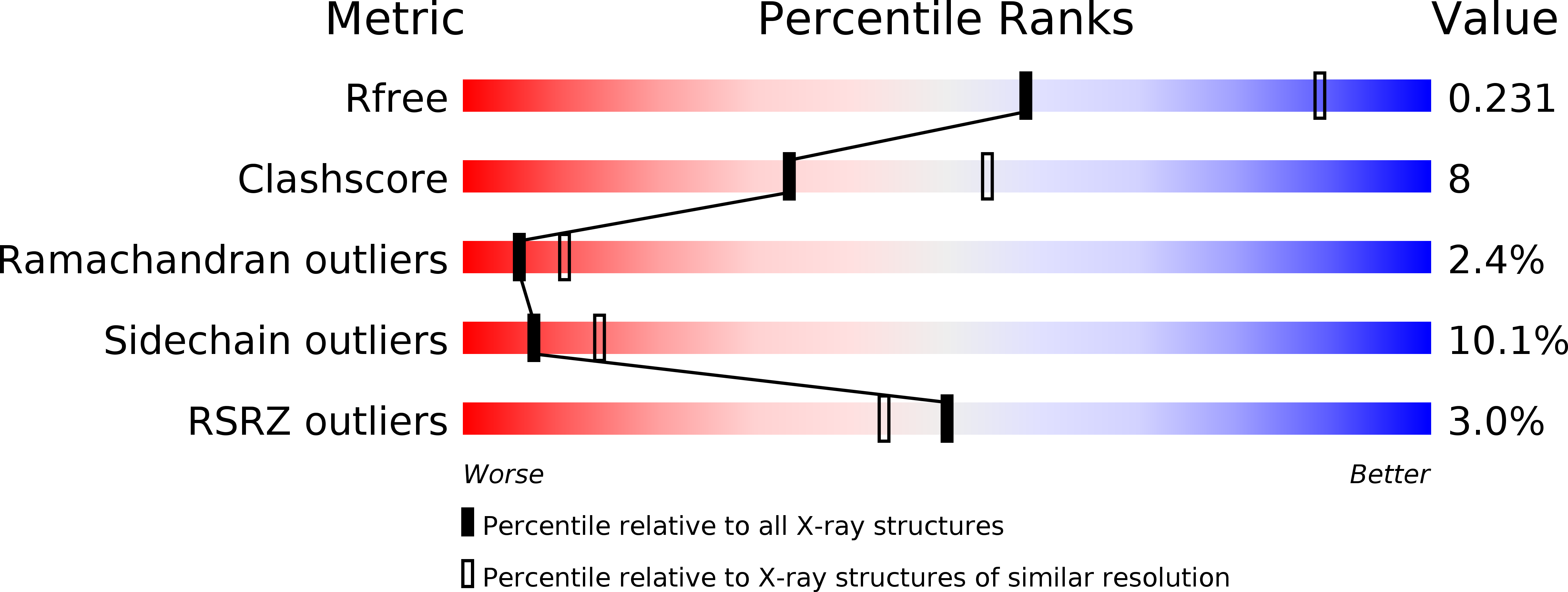
Deposition Date
2017-03-08
Release Date
2017-09-20
Last Version Date
2024-10-23
Method Details:
Experimental Method:
Resolution:
2.60 Å
R-Value Free:
0.21
R-Value Work:
0.18
R-Value Observed:
0.18
Space Group:
I 41 2 2


